Effective Copywriting for Eco-Friendly Websites
Chosen theme: Effective Copywriting for Eco-Friendly Websites. Welcome to a space where words reduce waste, earn trust, and inspire climate-positive action. Expect ethical persuasion, measurable proof, and optimistic stories that convert. Subscribe and share your mission—let’s grow impact together.

Know Your Eco-Conscious Audience
Map motivations, not demographics
Segment by intent: the researcher seeking facts, the busy parent wanting convenience, the activist demanding accountability, and the bargain-hunter comparing lifetime value. Write to their underlying anxieties and aspirations, not age brackets alone.
Translate features into lived benefits
Turn technical claims into daily wins. Instead of “GOTS-certified cotton,” say “Soft on skin, gentle on rivers, and traceable from seed to seam.” Paint mornings, commutes, and laundry days transformed by easier, greener choices.
Keep the tone brave and kind
Avoid guilt and jargon. Pair urgency with agency: “Here’s the problem; here’s your power.” Use concrete verbs, short sentences, and respectful prompts that help readers feel capable, not scolded or overwhelmed, at every step.
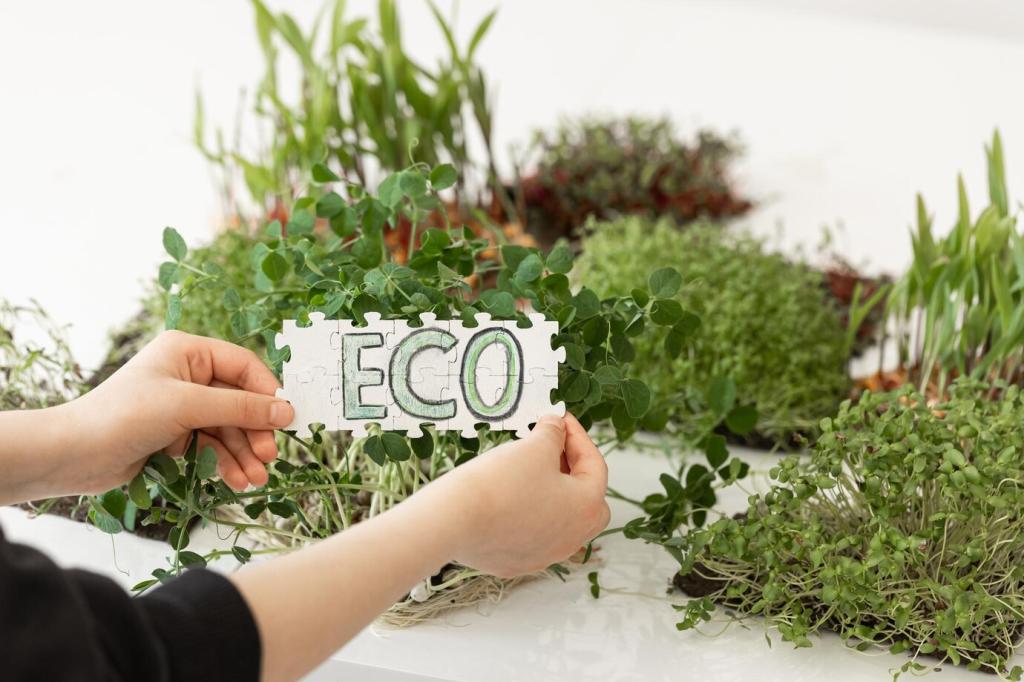
Build a Clear, Credible Green Value Proposition
Replace vague slogans with precise outcomes: “Saves 12 plastic bottles per month,” “Cuts packaging weight by 48%,” or “Eliminates toxic dyes.” Specificity anchors attention and helps visitors instantly understand real-world environmental stakes.
Build a Clear, Credible Green Value Proposition
Cite lifecycle assessments, supplier audits, and recognized certifications like B Corp, FSC, or Fairtrade. Link to summarized reports. Translate technical findings into plain language and provide dates, methods, and sources to prevent accidental greenwashing.
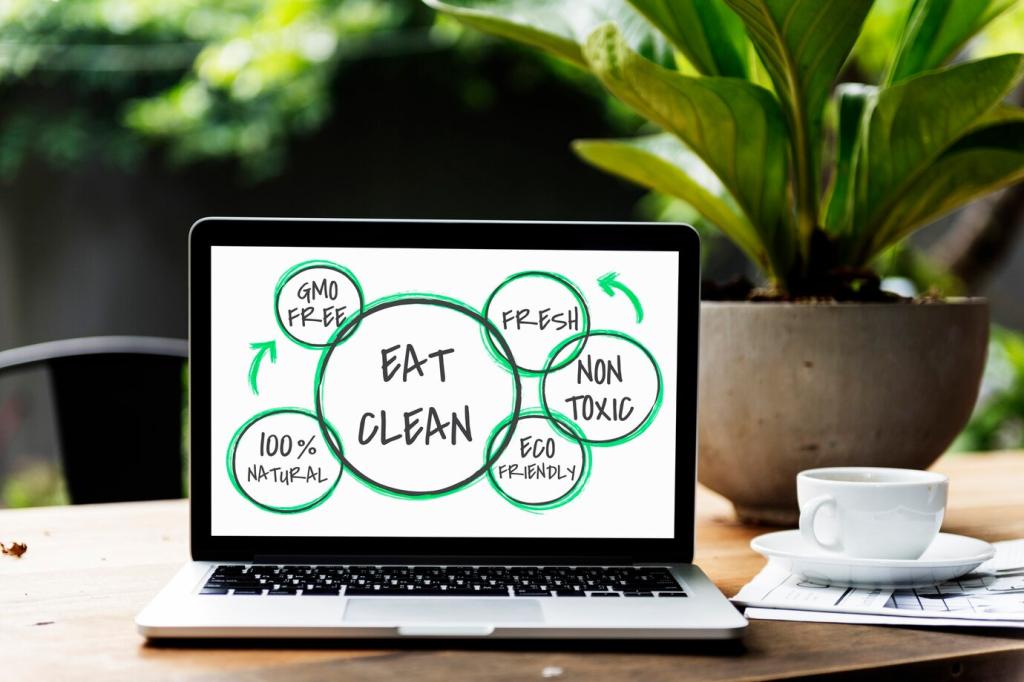
The catalytic origin story
Tell the day it clicked: a river clean-up that revealed microplastics, a factory visit that changed everything, or a child’s question you couldn’t ignore. Keep it human, specific, and unpolished enough to feel real.
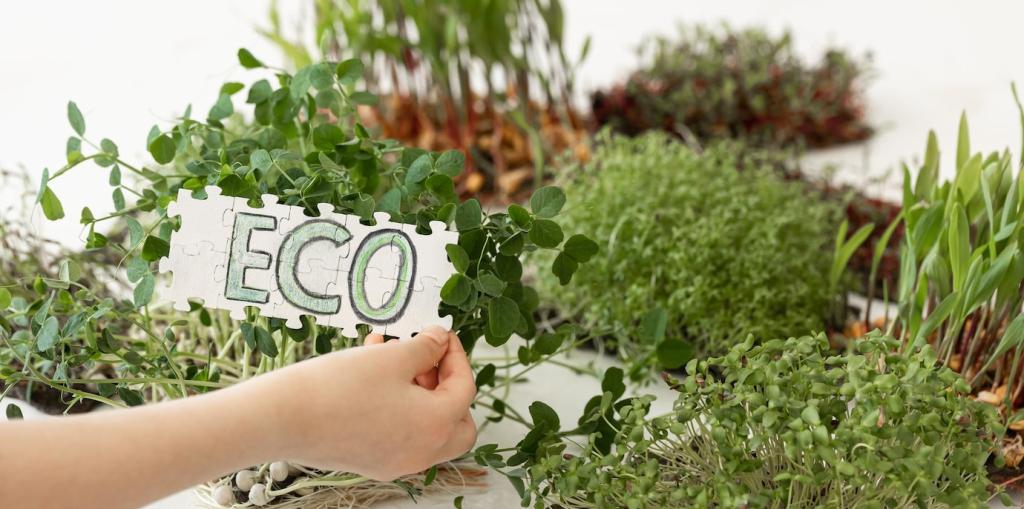
A customer’s micro-transformation
Show a relatable before-and-after. “Maya switched to refills, cut recycling confusion, and finally stopped running out of soap.” Pair emotion with numbers: bottles avoided, dollars saved, minutes reclaimed—small victories that add up beautifully.

Place-based supply chain narrative
Trace a product’s journey like a travelogue: farm, mill, workshop, delivery. Introduce the people behind each step. Photographs, maps, and first names turn abstract ethics into places and relationships readers can recognize and support.

Replace generic buttons with intent-rich prompts: “Start Your Refill Routine,” “See the Impact Breakdown,” or “Trade In and Save Materials.” Pair each CTA with a brief benefit that explains precisely why clicking matters today.

Add micro-clarifications where doubt arises: shipping emissions info, recyclability guidance, or material care tips. A five-word hint beside a field can prevent returns, increase satisfaction, and reinforce that your brand respects informed choices.

Group eco topics under intuitive labels: Impact, Materials, Care, Repairs, Refills. Limit top-level options, prioritize plain words over slogans, and ensure search understands synonyms like biodegradable, compostable, and refillable to speed confident discovery.

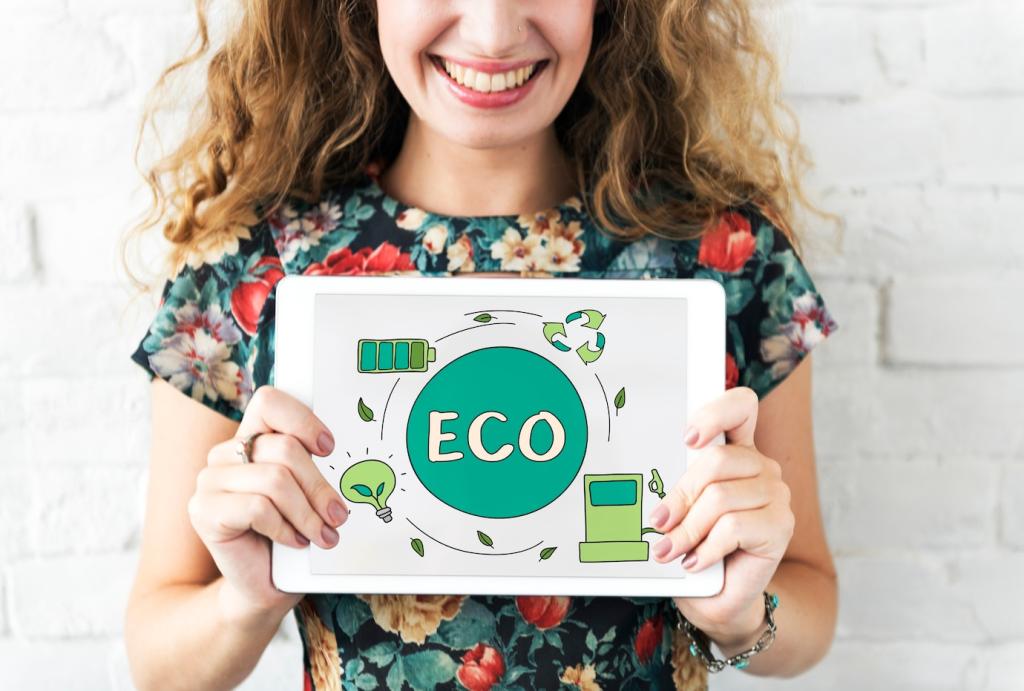
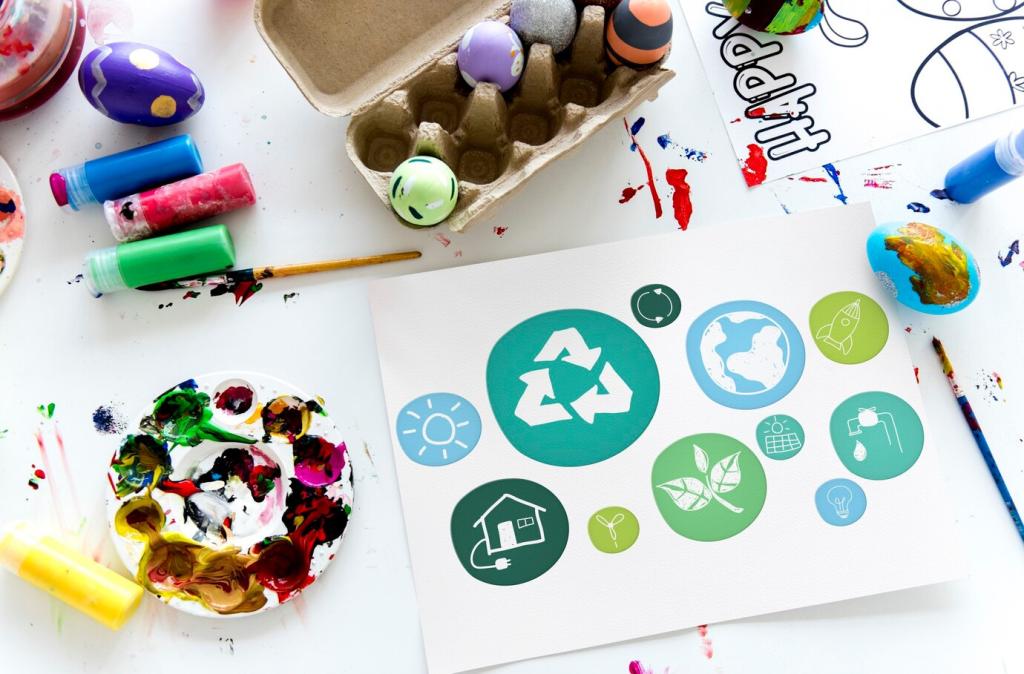
Social Proof, Transparency, and Community
Publish an impact dashboard with plain-language explanations. Update quarterly, cite sources, and flag uncertainties honestly. Readers forgive imperfections when they see consistent measurement, clear methods, and the humility to keep improving.


Social Proof, Transparency, and Community
Ask customers to share numbers and moments: “We cut office plastic by 62%,” or “Allergy symptoms eased within two weeks.” Short quotes with measurable outcomes beat generic praise and help new visitors believe confidently.
